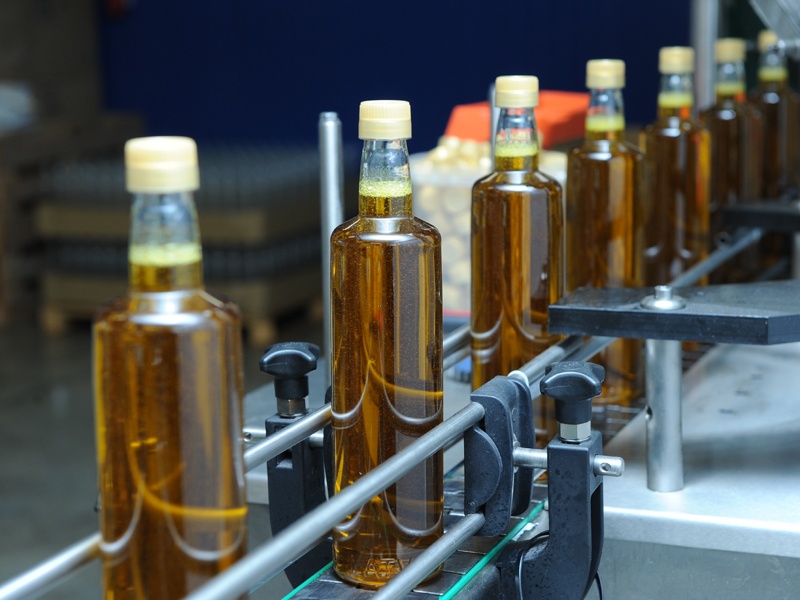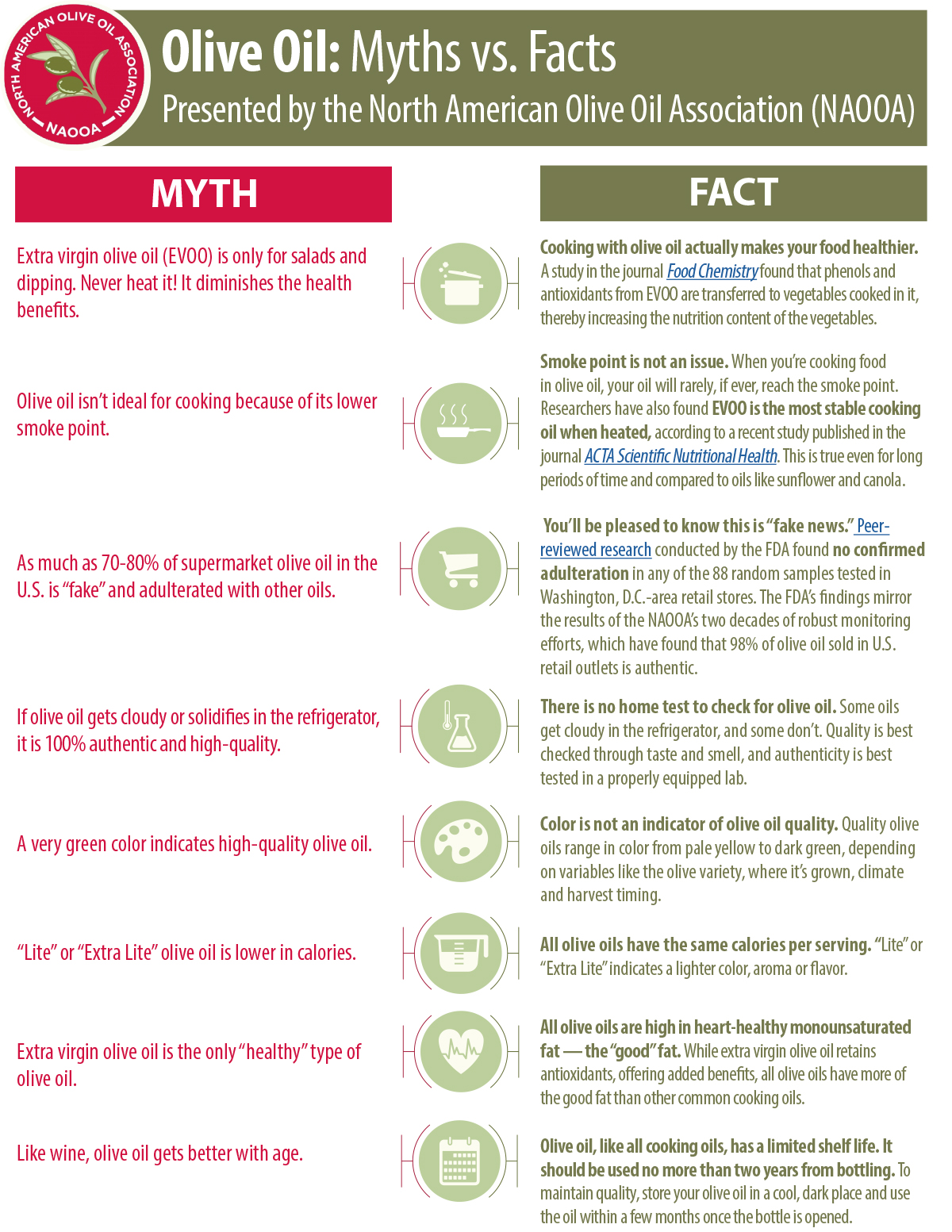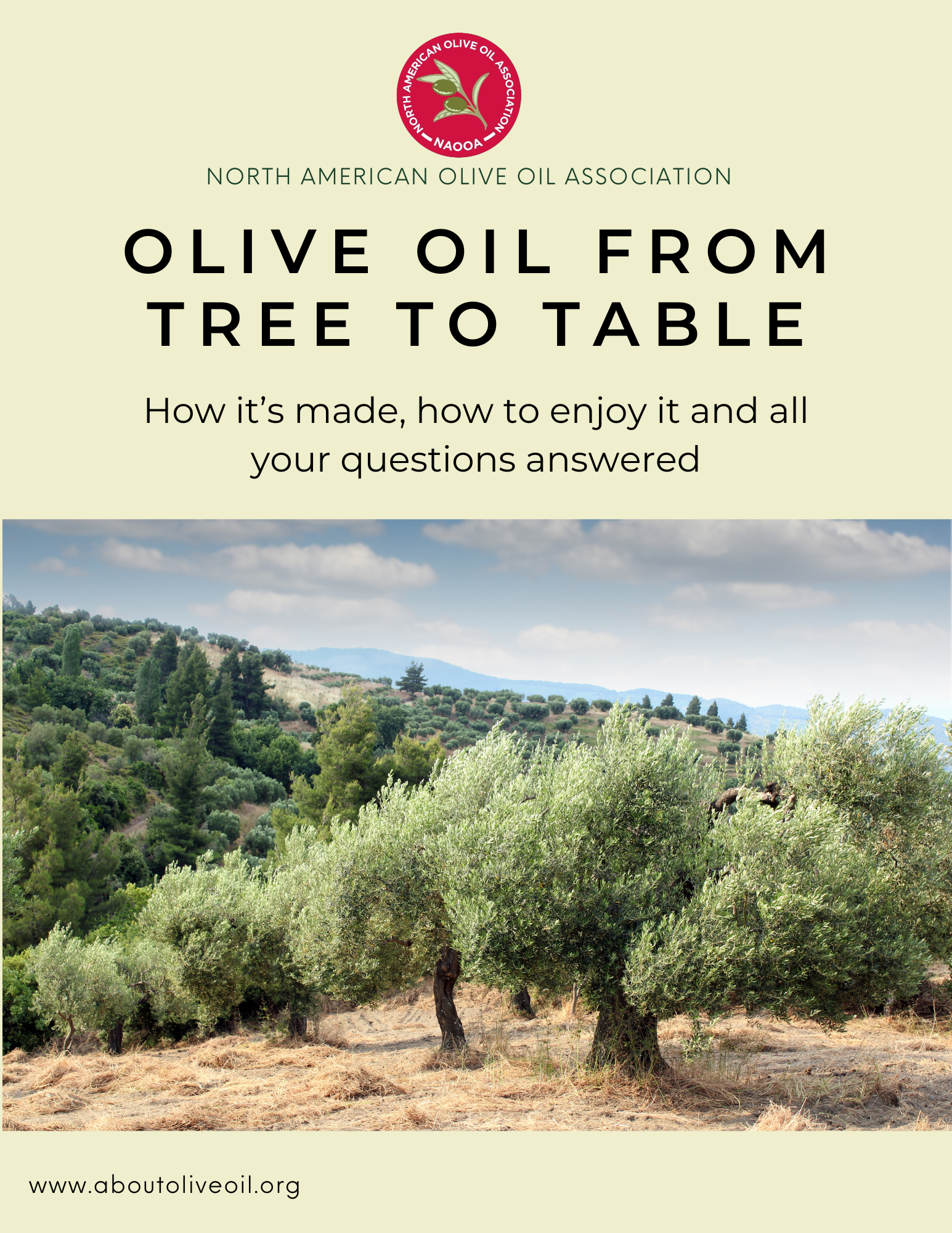You may have wondered what it means when an olive oil is described as having "low acidity." This phrase is commonly used to indicate the quality and flavor profile of olive oil, but it’s often misunderstood, even by nutritionists and dietitians.
Extra virgin olive oil (EVOO), the highest grade of olive oil, must have a "free acidity" or "free fatty acid content" of 0.8% or less. To understand what this means, lets learn more about free fatty acidity and a very important component of olive oil: oleic acid.
What is Free Fatty Acidity?
Fatty acids are the building blocks of the fat in the foods we eat. It is one of the measures used to determine the quality of olive oil. Free fatty acids (FFAs) are created when glycerol detaches from the fatty acid chain. Olive oil producers will measure free fatty acidity as a percentage, which indicates the amount of FFAs that are not bound to other molecules. High levels of FFAs in olive oil are generally an indicator that the oil was produced either from fruit that was damaged or improperly stored before extraction, or after an excessive delay between harvesting and pressing. Poor quality fruit yields low quality olive oil. That’s why for an olive oil to be considered extra virgin, it must have free fatty acidity content of no more than 0.8%.
What is Oleic Acid?
When calculating the free fatty acid content of olive oil, oleic acid is always used as the reference point. Oleic acid is a monounsaturated omega-9 fatty acid that makes up 55-83% of its total fatty acids across all grades (e.g., extra virgin, virgin, and refined or regular olive oil). This wide range depends on several factors, including the olive variety, the region where the olives were grown, and the climatic conditions. In most extra virgin olive oils, oleic acid ranges from 66-78% of its total fatty acids.
As a monounsaturated fat, oleic acid is considered healthier than saturated fats and trans fats, contributing to olive oil’s reputation as a heart-healthy option. It helps to lower bad cholesterol levels (LDL) while maintaining good cholesterol levels (HDL), reducing the risk of cardiovascular diseases. Most of the health benefits attributed to olive oil come from oleic acid.
Grading Olive Oil: The Role of Free Acidity
The International Olive Council (IOC) and the United States Department of Agriculture (USDA) have strict guidelines for categorizing olive oil based on its free acidity:
- Extra Virgin Olive Oil: Must have a free acidity of no more than 0.8%. This is the highest quality grade, made by mechanical extraction without the use of heat or chemicals.
- Virgin Olive Oil: Has a slightly higher allowable free acidity, up to 2%. It is also a "first-press" oil but may include some olives that are less than perfect.
- Refined Olive Oil: Made from olives that did not qualify for the virgin oil grades. Refined olive oil is also mechanically extracted without chemicals. All or nearly all free fatty acids are neutralized during the refining process.
Myths and Facts About Free Fatty Acids and Oleic Acid
Fact: Free fatty acid percentages do not correlate with oleic acid percentages.
A common misconception is that the oleic acid percentage directly correlates with the free fatty acidity, but this is not the case. We've seen some incorrect articles written by registered dietitians and nutritionists claiming that EVOO has less oleic acid than virgin olive oil, which isn't correct. While oleic acid is the predominant fatty acid in olive oil, the percentage of oleic acid does not determine the free fatty acidity level. As noted above, free fatty acidity is an indicator of the quality of the fruit from which the oil was produced, not its fatty acid composition.
Fact: Free fatty acids don’t impact flavor.
Some people on social media claim to be able to taste the “acidity” of the oil, but free fatty acids have no taste. It's possible that the taster might be detecting another defect or has not been properly trained in olive oil tasting. Low free fatty acid content in extra virgin olive oil is a very good sign because it means the producer has taken a lot of care to protect the fruit at all stages — from the tree to extraction and storage. However, there are other factors that contribute to the flavor of the olive oil, such as the region it was produced, harvest time, the age of the oil, or what type of olives were used.
Fact: Refined olive oil can have free fatty acid levels lower than EVOO.
The refining process removes free fatty acids.
Fact: Free fatty acids are related to smoke point.
Free fatty acid content is one of the factors that contribute to an olive oil's smoke point. The higher the free fatty acids, generally the lower the smoke point. That’s why refined olive oils have a higher smoke point than extra virgin.
Fact: Free fatty acid count doesn't correlate with antioxidants or other healthy compounds.
There’s some confusion around free fatty acids and health benefits. While lower free fatty acidity is a marker of production quality, the health benefits of olive oil come more from its content of oleic acid and other phenolic compounds, which have antioxidant properties. Similarly, low FFA does not necessarily mean that the olive oil is high in phenols or antioxidants.
Conclusion
While both free fatty acidity and oleic acid are important markers in olive oil, they serve different roles. Free fatty acidity is a crucial quality indicator, whereas oleic acid is a key factor in the health benefits associated with olive oil. Understanding these differences can help consumers make better choices when selecting olive oil, ensuring they enjoy not only the best flavors but also the maximum health benefits.

.jpg)



